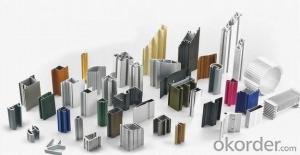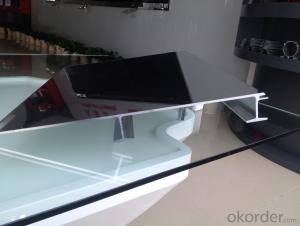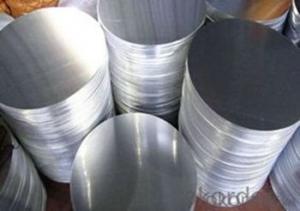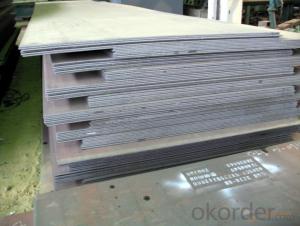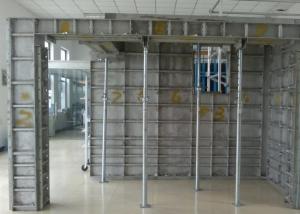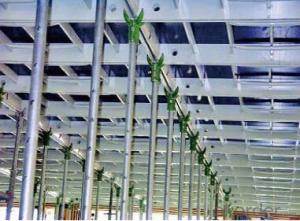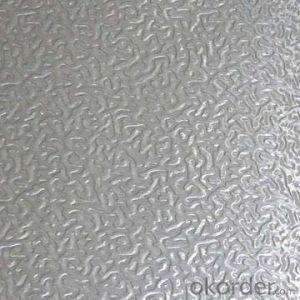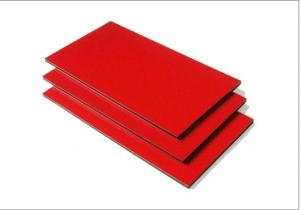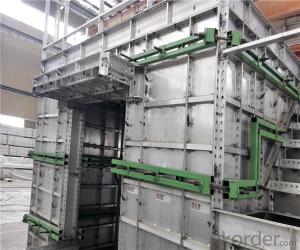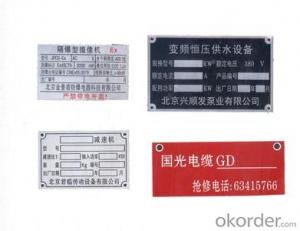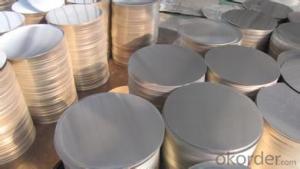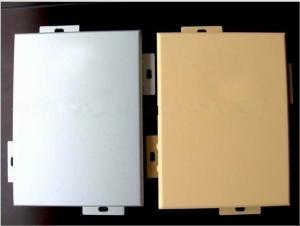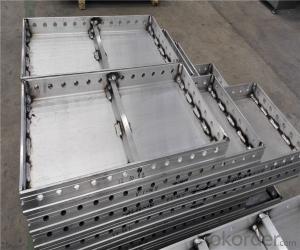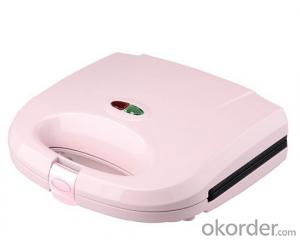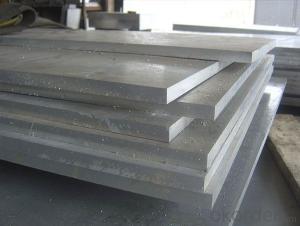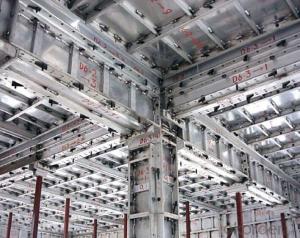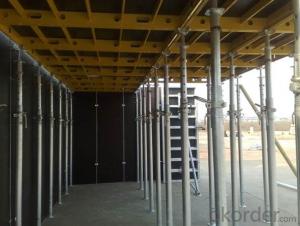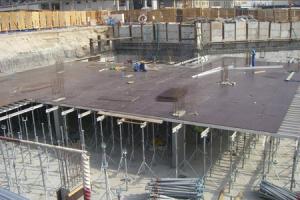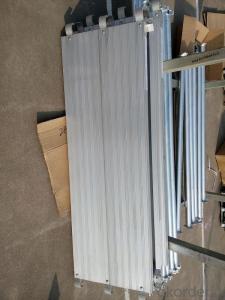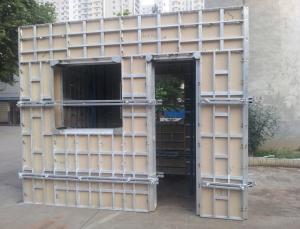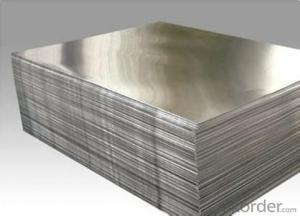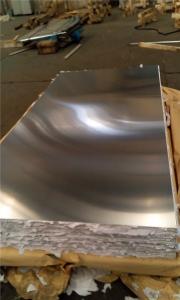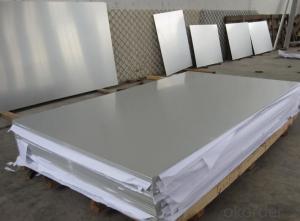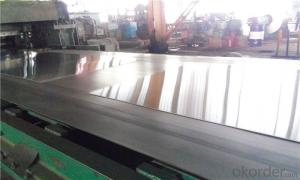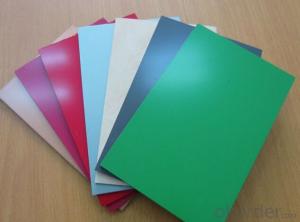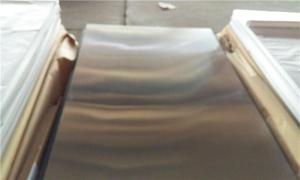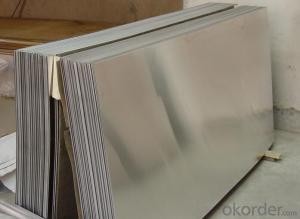Aluminum Structural Plate
Aluminum Structural Plate Related Searches
Aluminum Build Plate Aluminum Surface Plate Aluminum Square Plate Aluminum Fixture Plate Decorative Aluminum Plate Aluminum Precision Plate Aluminum Floor Plate Aluminum Pressure Plate Aluminum Metal Plate Aluminum Base Plate Aluminum Router Plate Aluminum Pattern Plate Aluminum Extrusion Plate Aluminum Profile Plate Aluminum Flat Plate Aluminum Cover Plate Aluminum Traction Plate Aluminum Mounting Plate Aluminum Wall Plate Aluminum Joining Plate Aluminum Deck Plate Aluminum Lapping Plate Circular Aluminum Plate Aluminum Round Plate Aluminum Grid Plate Aluminum Ramp Plate Aluminum Oxide Plate Aluminum Tool Plate Aluminum Paper Plate Aluminum Mold PlateAluminum Structural Plate Supplier & Manufacturer from China
Aluminum Structural Plate is a type of aluminum product that is widely used for its strength, durability, and lightweight properties. It is commonly utilized in various industries such as aerospace, automotive, construction, and marine applications due to its ability to withstand high stress and maintain structural integrity. The versatility of Aluminum Structural Plate allows it to be used in a multitude of ways, including in the manufacturing of vehicles, ships, and buildings, where its resistance to corrosion and ease of fabrication make it an ideal material choice.In various usage scenarios, Aluminum Structural Plate is known for its excellent performance and reliability. Whether it's used in the construction of high-rise buildings or in the fabrication of complex machinery, this product consistently delivers the strength and stability required for demanding applications. Its lightweight nature also contributes to energy efficiency and reduced transportation costs, making it an increasingly popular choice among manufacturers and engineers.
Okorder.com is a leading wholesale supplier of Aluminum Structural Plate, boasting a large inventory that caters to the needs of various industries. With a commitment to providing high-quality products at competitive prices, Okorder.com ensures that customers have access to the materials they need to complete their projects successfully. By offering a wide range of Aluminum Structural Plate options, Okorder.com has established itself as a reliable source for businesses and individuals alike who require this essential product for their applications.
Hot Products

